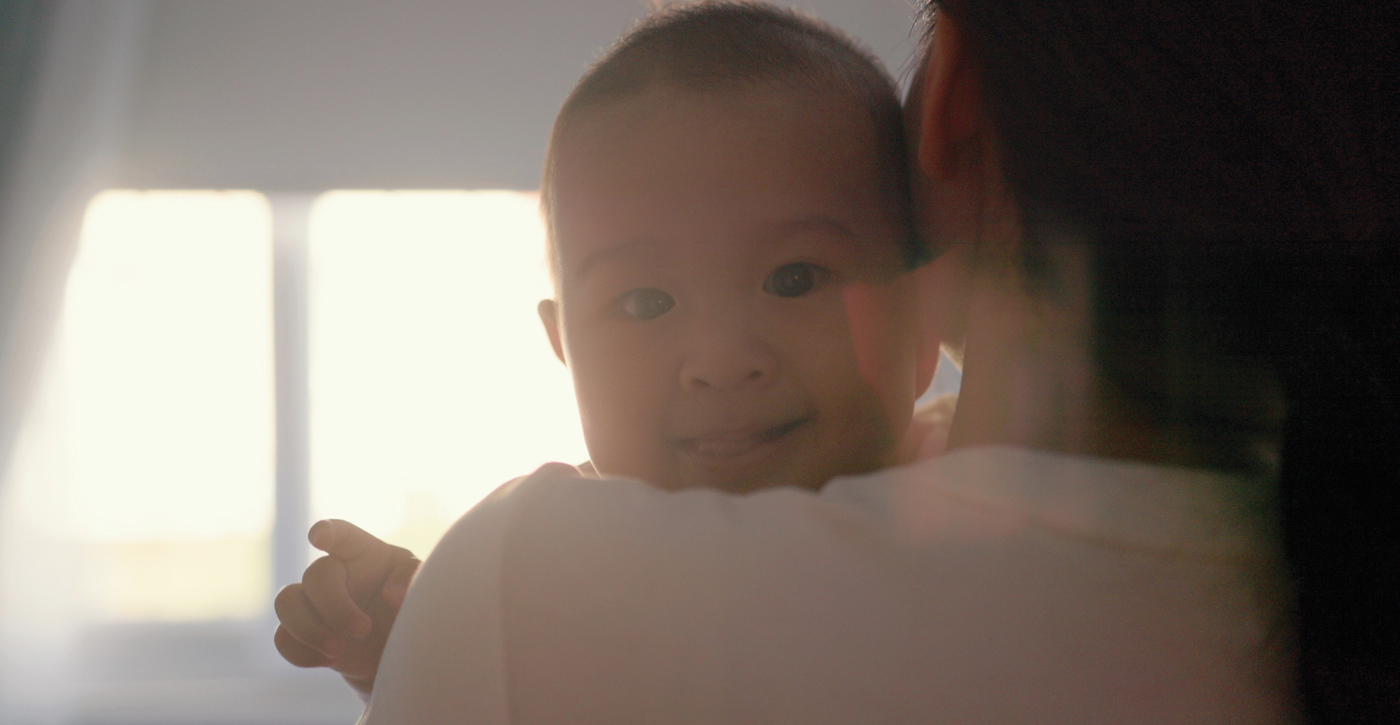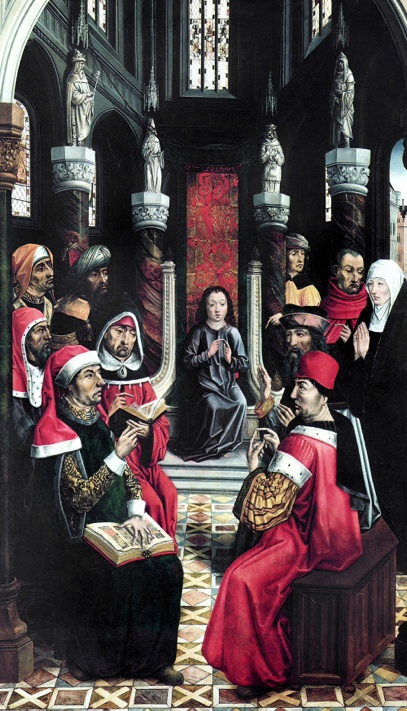I’ve spent over ten years in the habit of listening to people’s bodies. I let my hands guide my spirit through their flesh, tightness, muscle. I breathe and let my thoughts and prayers flow through as I discover and release what’s causing hurt, sadness, constriction. It’s not an easy business.
Sometimes this release is accompanied by tears, anger, or years of pent-up feelings of all kinds. Sometimes it renders a client cherubic, smiling, blissful. Sometimes clients are quiet, going deep. Sometimes, in a need to share, they talk and their words bubble up with new ease, like children.
Work on the body is much like a meeting for worship, and I suppose there is some accounting for this in the Bible’s reference to the body as a temple. The body lays itself out like a hollow and open vessel, containing endless possibilities of experience, and invites us in, to listen and find truth. Some people don’t like to visit their bodies. Many people don’t. The sensations we find there are sometimes confusing, unexplainable, and not in a language we understand. The process of discerning what these sensations have to say is like looking for God in meeting on a cold day—when you’ve gotten up on the wrong side of the bed.
The body holds feelings that only loosely translate as: dull ache, throbbing dark spot, raw joint, tight chord. Even words like these can’t adequately capture the deeper and more mysterious realm of the emotions behind sensations, the dark layers that contain old injuries, chronic twinges, and stiff limbs. Learning to truly listen to our bodies despite the foreignness, the strangeness of their messages, is truly a spiritual process.
Our bodies say a tremendous amount about us, and they don’t lie. Maybe that’s why we can be so uncomfortable with them. They contain infinite records of every experience, sometimes frozen in our very posture, solidified with passing years. In a moment, crossed arms and a tapping foot convey a kind of inaccessibility; shared touch or a more open body position can convey just the opposite.
I often find my mood unwittingly captured by my posture. At the beginning of a recent meeting for worship I sat twisted, legs crossed, arms covering my stomach, and slightly hunched as though I was committed to letting no one—even God—near my insides. Slowly, as meeting continued, I began to breathe. I watched the message of my body change, my limbs become more open and relaxed, my body straighter but loose. This, I thought, is a person more available to the Spirit.
We say that we are a community that believes deeply in the process of listening, and yet oftentimes it is our words and thoughts alone that we hear and sort in meeting or in life. We are the great listeners; and yet there is an infinite structure we carry with us every day that is rarely heard at all—unless the voices of the body become so loud that they cannot be ignored: an emergency, a fall, an accident. Our bodies call us into them, into their open and closed places. They call us to sit, to listen, to watch. They call us even to marvel at the wonder of them. In traditional Jewish prayer, the weekday morning schacaris service gives thanks to God for "openings and hollows," for the very structures that make a trip to the toilet upon waking a possibility. How simple and beautiful this is!
We are less familiar with giving thanks to our bodies. Yet the Light Within is carried there, does live as a sensory experience in the very fiber of our cells. I know this feeling of lightness and can—if I pause to do so—locate it within my body: in the sensation of being filled up, cleansed, lightened. It is a quickening of the breath, an opening of the heart that feels as though a veil is lifted; a filling with something bright and clear, with spirit.
It is in fact the body that holds and shares this experience with us as long as we’re alive. It is the body’s wide range of sensations that communicates this very specific and profoundly transformative bliss. Even our ancestors were in touch with a power that came through the fiber of their very bodies to tell them the presence of God was there. It is the body that tells me with its quivering heart that I must rise and say something, for reasons I may not understand. Being moved to speak comes not only from the mind but from a deep, deep place in the body itself.
When I lead clients into a bodywork session I often have them spend a moment simply listening to their bodies. I ask them to take a moment to see what areas call their attention, and then to move to each of those areas with an open mind, with compassion, and to listen. At that point we’re ready to begin the session. My clients have inhabited their bodies, have begun a listening process that continues at least until they get off my table, and oftentimes, beyond it.
I know it’s not practical to ask that all Quakers I know stop their lives to experience a massage (though I’d be ready and waiting if they did!), and yet I do wish that an exploration of the body was a more regular and natural part of our listening process with ourselves and with each other. Our bodies deliver messages—of where they’re hurt, or of what we’re holding. They may tell the truth of how we’re doing to those around us even when a smile or well-prepared words attempt to mask that truth. The body gives us a chance to listen at a deeper, wordless level and to open to, and heal, what we find.
Sometimes in my massage practice, a simple conscious pause, with pressure, over a troubled area will automatically cause it to release—in the same way that a confided story, listened to with attention, has the chance to lose its charge or to change into a new set of perspectives or reflections. When we give our bodies a chance to be listened to, they respond in kind. The fierce need for attention that may precipitate a headache or chronic pain can sometimes be alleviated just by consciously visiting the area that hurts—or any other part of the body that seems to call us—and attending to it as we would to a friend’s story: without judgment, without fixing, simply attending until it finds its own way and shifts.
Why this is so foreign to Quaker process at large is itself a mystery to me, but I believe that’s changing. In my own meeting, weighty Quakers have intermittently conducted healing touch workshops, encouraging participants not only to listen to their bodies but to find the healer within them, and to share that love and wisdom from a listening place with others. Though the premise is simple, the results can be miraculous.
As we grow in our spiritual communities, listening has the opportunity not only to become richer and more focused, it also can begin to take place on every level of our lives. While it’s not uncommon for me to begin meeting with a few cricks in the neck, rumblings of the stomach, or sleep behind the eyes, I have begun exploring these sensations as clues, following them and seeing where they lead. Sometimes they lead deeper into themselves until the sensations dissolve altogether. And sometimes by going deeper, something else—a thought or another sensation—bubbles up to the surface and takes me on the next journey. Either way, going deeply into sensation, with compassionate attention, heals.
I encourage us to listen to our bodies not only in our own meditation but in our service to others—in how we help the elderly or sick in our meetings and our communities. Their sensations, with or without words, also have a need for attention and compassion, for a still place to be held and listened to. There is so much sensation that is hushed, tucked away, made uncomfortable business and so not talked about. Our bodies can contain silenced ministry.
Though our messages in meeting come through words and song, the body is wordless. In listening to it we may be closer to the Divine Silence than we ever stop to realize. Our bodies’ ways of communicating to us are simple and basic and take discernment, like the prayerful listening for the still, small voice of God. Our bodies contain a rich tapestry of feeling, sensation, emotion, ease, and disease, the deciphering of which can’t help but bring us closer and closer to the mystery of truth.
——————–
©2003 Anna Stookey



